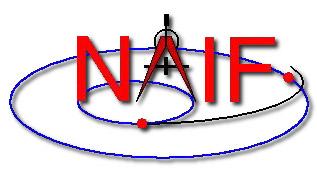Preparing for Satellite Operations
The Mission Operations (MOps) team controls all commands sent to the satellite and ensures that the system is operating safely while in orbit. This includes simulating satellite operations on a regular basis, both during the mission lifetime and through the integration and test phase. In addition, it is their job to monitor all spacecraft telemetry to assess whether hardware is in a healthy state (overheating, low on power, etc). Operations schedules will be sent once a week to the satellite, which will tell the spacecraft when to perform imaging operations or when to downlink images to the ASU ground station.
Finally, operators will examine all images and supporting telemetry once they are received from orbit and to assess its accuracy and make image corrections where necessary. To do this, the team must have a strong understanding of how the FLIR camera operates as well as what the thermal conditions of the payload were at the time each image was taken.
The image and the mission operations analysis is then handed over to our science team to use for the science investigation. Therefore, it is important that mission operators work closely with the science team to ensure that the image accuracy is well understood and that operations are being scheduled in a way that will best benefit the science objective.
Team Responsibilities
Determine, learn and test mission planning software to interpret where the satellite is in its orbit and develop mission operations schedules accordingly
Develop schedule for the satellite to operate on, and a schedule builder to help automate the process and reduce error
Understand all risks and faults found on the satellite and develop procedures for mitigating these, should they happen
Develop ways for organizing all telemetry and image data on the satellite to monitor for anomalies

